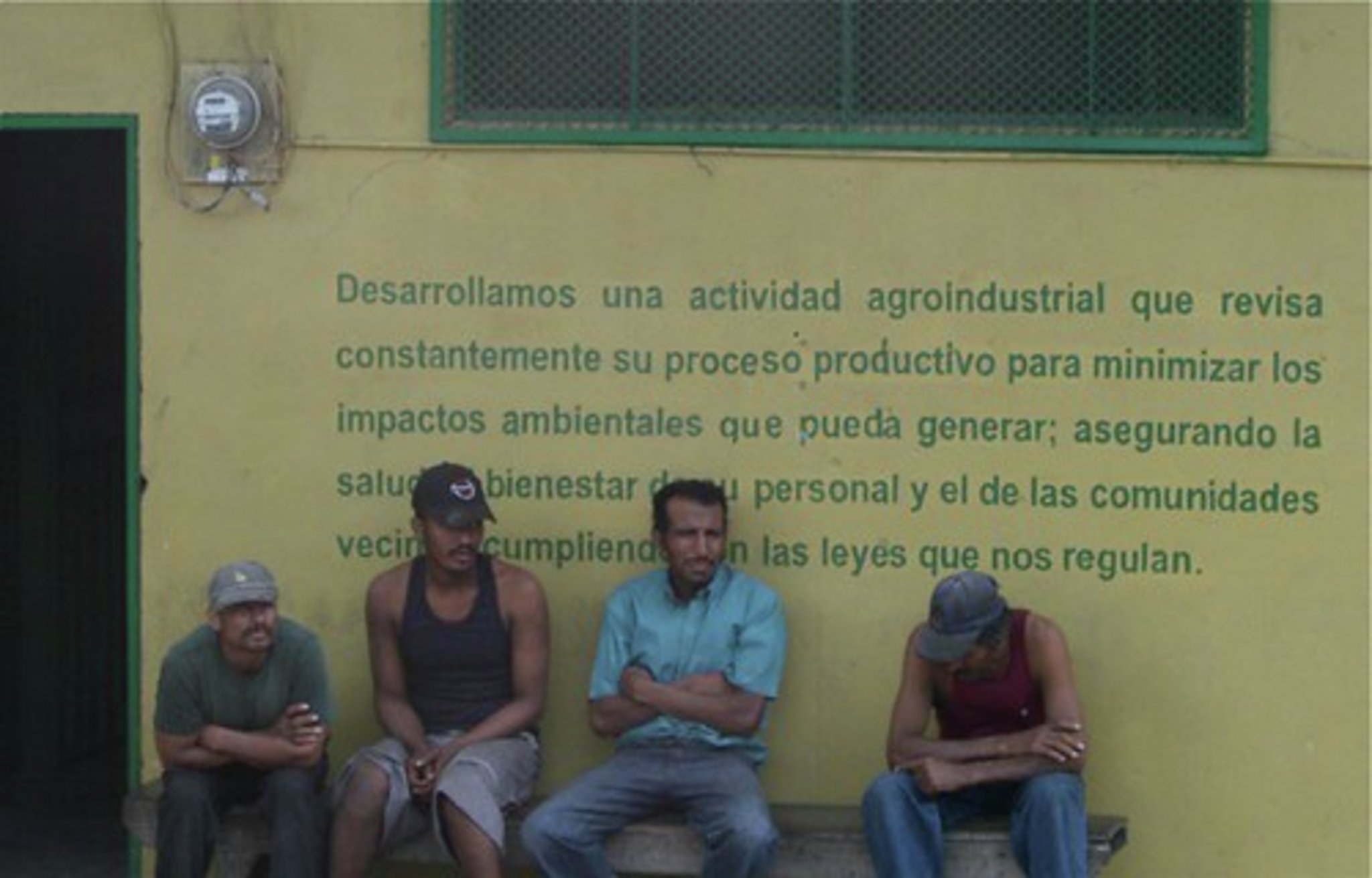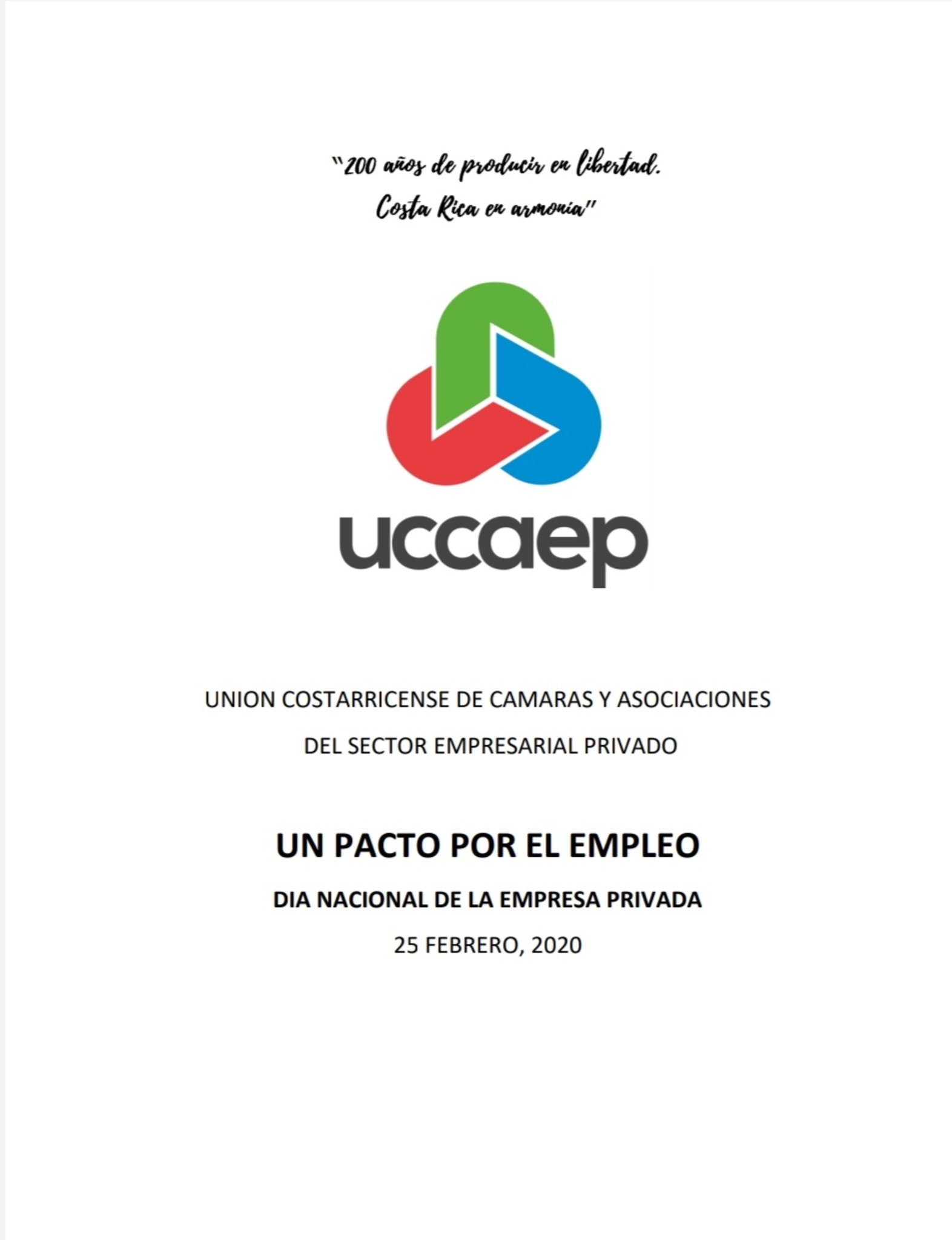16-07-2020
COVID-19 crisis in Costa Rica: an increasingly complex scenario
Arturo Silva Lucas | Alba SudThe threat of expansion of community contagion looms. Meanwhile the pressure to adopt measures that facilitate trade and economic activity is becoming increasingly stronger, especially in tourism. The social and political climate in Costa Rica is polarized.

In Costa Rica, the health and economic crisis caused by COVID-19 continues. While in the first three months the country had a relative success in containing the virus since the declaration of national emergency on March 16th, now the scenario is different. The second wave of infections dramatically increased the number of positive cases at a time when the economic depression reached more vulnerable sectors. If by May the positive cases did not reach eight hundred in mid-July, they exceed eight thousand. Specifically, as of July 16, 8.986 confirmed cases and 40 deaths are reported according to the John Hopkins Resource Center.
The national discussion is polarized around the will to continue with the restrictive regulations in transport and commerce or, on the contrary, to advance more expeditiously in the reopening phases. These latest demands come mainly from chambers and business associations that, in addition, extend their requests for a general reform of the State. Their proposals deal with different dimensions of economic activity as well as all productive sectors, including tourism.
What is going on in Costa Rica?
The institutional management of the pandemic includes four phases distributed between the months of May thru August. Each phase has increasingly flexible measures concerning the opening of commerce, vehicle restrictions, maximum capacity in enclosures and access to public spaces such as parks and protected wilderness areas. The step to each phase depends on the increase in the positive case count.
Due to the relative success in the first three months, the transition from phase one to phase two was according to the dates set by the Ministry of Health (MINSA). By June 21, it was expected to enter phase three, however, the dramatic increase in positive cases in June made any intention of a general opening impossible. In the month of June alone, 2,370 new cases were registered according to the count of the John Hopkins Resource Center.
The increase in positive cases is extensive throughout the country, with special prominence in the cantons and districts of the central valley. However, the evolution of the contagion map shows a marked trend towards the border provinces of the northwest of the country. Guanacaste and the north of the province of Alajuela appear as red alert zones due to the sudden increase in the registration of positive cases in the month of June.
As a result of greater flexibility in phase two, massive outbreaks of contagion occurred in the central cantons. Due to a higher population density, and therefore a greater exposure to risk, the southern neighborhoods of the capital San José have experienced an increase outside of MINSA's projections.
At the same time, the northern cantons of San Carlos, Los Chiles and Upala in the province of Alajuela have had a significant rebound. In large part, the precarious conditions of the workforce that nurtures the local agribusiness have revealed a high vulnerability to contagion. On June 24, the MINSA ordered the closure of 23 pineapple and packing companies for sanitary breaches. The actions are part of field tours carried out by the second vice president Epsy Campbell to 249 companies in the area. It has been shown a high number of workers without social security, subcontracting outside of wage legislation, non-compliance with overtime pay, hiring of foreigners in irregular conditions and physical plants without minimum sanitary conditions. This situation has always been an open secret in Costa Rica. The job insecurity together with the environmental degradation in which migrants and working families of pineapple coexist has been criticized by environmental, community and academic groups. The pandemic crisis has only made this situation visible.

Source: danielfoster437, under creative commons license
On the economic level, expectations are not encouraging either. According to the National Institute of Statistics and Censuses (INEC) in the months of February, March and April, an increase of 4.4% in unemployment was registered in relation to the same months of the previous year. These data reflect only the first month and a half from the start of the pandemic. A significant increase in these figures are expected in the second quarter of the year [1]. For the end of 2020, the Central Bank of Costa Rica (BCCR) estimates a drop of 3.6% of GDP, mainly in relation to the demand for construction (-8.7%), hotels and restaurants (-27, 6%) in relation to the previous year [2].
The Institute of Research in Economic Sciences of the University of Costa Rica (UCR) presents a slightly less encouraging scenario. He states that the economic contraction will be between 4% and 6%, and the sector most affected will be tourism. In projection to the second semester of the year, it estimates that the fall in tourism will contribute to the contraction 1.5% of the estimated total [3].
Tourism in search of solutions
The tourism sector has been greatly affected by the crisis caused by COVID-19. The initial measures taken by MINSA meant a forced stop in the entire network of services and linkages that characterize the sector. The absolute closure of airports and the temporary closure of lodgings led to the declaration, for the first time in the country's tourist history, of Season 0, that is, no income for the sector.
In a previous article, published on May 2, it was detailed the first actions taken by the government and the initial reactions of the tourism sector. Among the first measures that the Executive took in this area are: compensating with a subsidy to people who have seen their income diminished due to the pandemic; suspension in court orders for essential services; and postponement of the payment of utility and value added taxes. For its part, the Costa Rican Tourism Institute (ICT) suspended the payment of specific taxes and designed a phased plan to reactivate tourism activity.
Among the first reactions described in that article was the rejection of coastal populations to the arrival of tourists during Easter. Through blockades on the beaches of the central Pacific and South Caribbean, the receiving communities intended to stop the spread of the virus in their communities. Today the scenario is opposite. On June 24, simultaneous marches were held in the eight main tourist beaches in the country: Coco and Tamarindo beaches in Guanacaste, Manuel Antonio and Jacó beaches in the central Pacific, Pavones and Santa Teresa in the South Pacific and Puerto Viejo in the Caribbean South. Even though from phase two the lodging services can receive 50% of their capacity and the beaches have opening hours from 5:00 am to 9:30 am, the protesters demand the full opening of the coasts. The marches were made up of micro and small entrepreneurs, employees of tourist services, residents, and local surfing associations. They consider that if the main tourist product is closed for most of the day, there is no attraction for tourists to visit the coasts.
Among the statements of the protesters collected by the press, expressions such as: "I have respect for COVID-19 ... I am panicked for hunger. "Others, inspired by the mobilizations against racism in the United States, said: "Beach Lives Matter." And in a direct claim to institutional restrictions, they affirmed "The Ministry of Health condemns us to bankruptcy" or "Long live freedom." The most dramatic episode occurred in Tamarindo beach with the arrest of a protester for violating social distancing measures, according to official sources. These demands are well received by organizations and chambers linked to tourist services such as hotels, carriers, and restaurants. At the same time, they are collected by the National Chamber of Tourism (CANATUR) which sends them to the ICT.

Source: Rob Lambert, under creativa commons license.
But the pressure to give oxygen to the tourism industry is not only about making sanitary measures more flexible, but also by demanding for immediate results. In the short term, the ICT works on three lines of action: seeking financial sustainability for tourist SMEs, attracting foreign tourists, and promoting national tourism. In relation to the first, ICT has been directly negotiating with various financial entities the payment of debts and access to differentiated credits for tourism ventures. It also working on the application of training and sanitary protocols to hotel personnel, restaurants, tourist transport, aquatic activities, and tourist guides.
Regarding the second line of action, ICT, contrary to the Executive's intention to transfer all institutional surpluses to a single fund to address the pandemic, has invested $ 18 million in positioning Costa Rica worldwide. The goal is to promote the country as the first destination to visit in the second half of the year, as the rest of the countries relax their immigration policies. The ICT, in coordination with the General Directorate of Migration and the Executive, agreed to open international airports on August 1 under strict entry rules. The announcement about which nationalities may enter will be given days before the formal opening. However, it has already been explained that they will be from the European Union, the United Kingdom and Canada depending on the evolution of the contagion in that country. Unofficially, it was revealed that the President of the Republic is in conversations with the Austrian Foreign Minister to be part of a "tourist bubble" called "First Movers". The goal is to reach unprecedented markets such as the Oceanic, the Middle East, the Nordic countries, and Eastern Europe. The initiative is motivated by the poor management of the health crisis in the United States, main source of foreign tourists in Costa Rica.
As for national tourism, ICT is working to constantly update the “Vamos a Turistear” website, the gateway to disseminating offers aimed at Costa Rican tourists. With the slogan “Conoce tu país” or "Know your country", destinations and activities that can be done on short trips are promoted. The marketing strategy used is to show the Costa Rican cultural, gastronomic, and natural diversity through a correlate of closeness and familiarity.
CANATUR, for its part, has endorsed the demand in the Legislative Assembly to transfer national holidays to the following Monday from this year and 2021. Processed under file 21,941, the proposed law reform aims to extend weekends to three days. In this way, Costa Ricans would have an incentive to take advantage of tourist offers in national destinations. Rejected in the first of the two debates, opposing deputies argue that the double payment obligation on national holidays should first be suspended.
The business sector proposal
On June 5, the Costa Rican Union of Chambers and Associations of the Private Business Sector (UCCAEP), the main representative body of the large Costa Rican business community, gave the President of the Republic the "Pact for Employment".The text includes 113 actions that the UCAEEP considers vital to reactivate the economy within two years. The document is signed by 48 associations, chambers, and federations from nine economic sectors: agriculture, trade, foreign trade, construction, financial, industrial, technology and innovation, transport, and tourism. The representation of the tourism sector was made up of CANATUR, the Costa Rican Chamber of Health (PROMED), the Costa Rican Chamber of Hotels (CCH) and the Costa Rican Chamber of Restaurants and Related (CACORE).
The main goal of the proposal is to create a "climate of confidence" in the business sector that increases investment and employment to reactivate the economy. The text is organized in two chapters, the first brings together 12 cross-cutting topics that the UCCAEP and all its affiliates consider key to revive the economy. In the second chapter, each sector points out specific and immediate requests that depend on what is proposed in the first chapter.
The 12 cross-cutting topics included in the document are:
- Building trust
- Credit offer
- Tramitology
- Institutional efficiency
- Reduce Informality
- Fiscal deficit, Education
- Establish crisis management center
- Public employment law
- Public-Private Partnerships
- Citizen Security, Port Situation.
Actually, the 12 cross-cutting topics synthesize the structural reforms that the UCCAEP has demanded in recent history and can be summarized in: reduction of fiscal and social burdens; closing public institutions and cutting state personnel; participation in the drafting of public policy together with the promotion of public-private alliances; make labor and environmental legislation more flexible; and repression of common crime and smuggling.
The first thing that stands out about the document is that it is written as a list of requests. It lacks justification or even an explanation of why those measures are urgent. The interpretation that emerges from the document is that businessmen consider themselves victims of the public apparatus. Made explicit when demands "to stop tax harassment and threatening messages to the private sector" (pg. 9).

In the labor topic, the document proposes to combat unemployment and informality with measures that undermine current labor legislation. Among the most relevant "Updating the working hours law to allow exceptions according to the needs of the parties, allowing the part-time contract" (pg15) and "adapting the public employment law to encourage efficiency and discipline in the public official” (pg18). Although the latter does not give further details on which points of the General Law of Public Employment must be amended. UCCAEP demands that there is no progress with initiatives that would strengthen the work of the Ministry of Labor: "stop the legislative siege with the law to strengthen labor inspection" (pg. 10).
Also, UCCAEP asks to restructure public education according to the productive sector. They consider that the State must guarantee more resources to preschool and school education (pg. 17), to subsequently align professional and technical training with market needs.
Likewise, a general adaptation to current environmental regulations is proposed. They explicitly request “to eradicate the environmental siege” (pg. 23), since they consider that the current environmental provisions make an adequate “business climate” impossible.
The promotion of public-private alliances is the axis that articulates the set of ideas of UCCAEP, that reaches tourism activity. Along with greater labor flexibility and a reduction in environmental legislation, public-private partnerships would be "a mechanism to execute more constructions..." (pg. 19). These alliances are considered fundamental in the "development of regulatory plans, especially in the cantons where the 32 Tourist Development Centers are located" (pg. 41). With special mention to the “titling of properties registered in favor of the State in Tortuguero and the South Caribbean” (pg. 41) [5]. At the same time, a reduction in paperwork is appealed to obtain construction permits (pg. 12).
What is Coming?
It is difficult to predict what the post pandemic scenario will be in Costa Rica. June was a turbulent month. The number of positive cases continues to rise, the first two weeks of July have broken records. The threat of expansion of community contagion looms. Despite the adverse reactions in the coastal communities, the health minister remains firm in the decision to keep the beaches closed.
Meanwhile, the pressure to adopt measures that facilitate commerce and economic activity is increasingly stronger. The actions of the ICT are aimed at a gradual return to the renormalize the tourism activity. Pressure groups demand extraordinary measures that transcend the current situation. The social and political climate in Costa Rica is polarized. The route of attention to the pandemic crisis is still open to sudden changes, the second semester of the year will be decisive, and we will see what orientations predominate.
